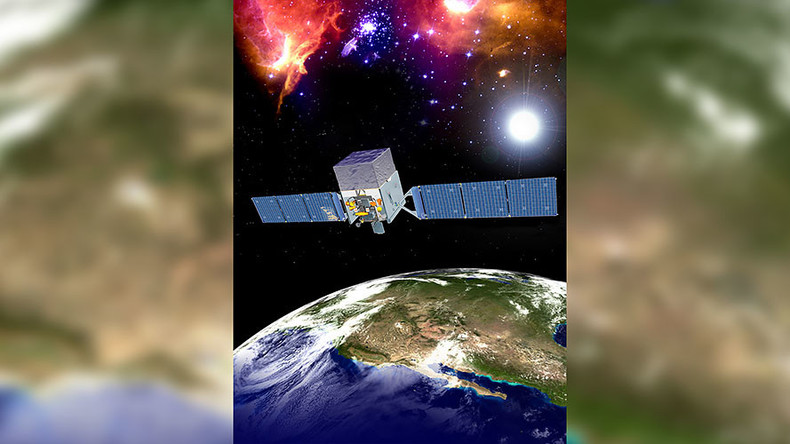
Scientists are none the wiser on the origin of cosmic rays despite trawling through seven years of observational data from NASA’s Fermi Large Area Telescope.
A study published in Physical Review Letters details efforts of scientists to examine the “largest ever sample of high-energy cosmic-ray electron and positron events since the beginning of its operation.”
The team examined nearly seven years of data from the Fermi Large Area Telescope – the principal scientific instrument on the Fermi Gamma Ray Space Telescope spacecraft but fell short on pinpointing the direction from which the elusive cosmic rays originate.
Cosmic rays are energetic, subatomic particles that arrive from outside the Earth’s atmosphere with a variety of energies. Their origins have perplexed astronomers ever since they were discovered in 1912 as they appear to be coming from every direction.
Some light was shed on their mysterious source in 2013 when researchers found that one possibility for the formation of cosmic rays was a supernova outburst within the Milky Way.
The team suggested that the protons get caught up in magnetic fields during the shock wave which then deflects the rays and scrambles their directions, making it hard for scientists to determine their origin.
While observations from the Fermi satellite have confirmed that some rays originate in supernovae, it doesn’t appear to account for all cosmic rays, as explained by physicist Chris Lee in Ars Technica who points out that there are higher energy rays that do not originate within our galaxy.
High energy cosmic rays present scientists with a conundrum – the sources of energy should be close but if that’s the case why are bright and dark spots not observed. Scientists are hopeful that more data from the Fermi satellite may offer a clearer indication of specific directions high energy rays are likely to come from.
Statistics suggest that a source would only be detected with the current dataset if it was quite close and young and that many more events are needed to locate older and more distant sources.
READ MORE: Weird bright blog of gas spotted in deep space baffles astronomers





